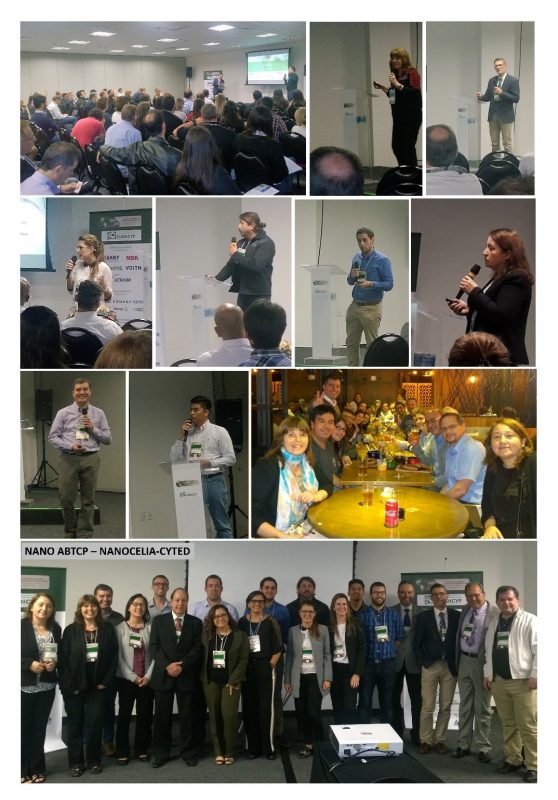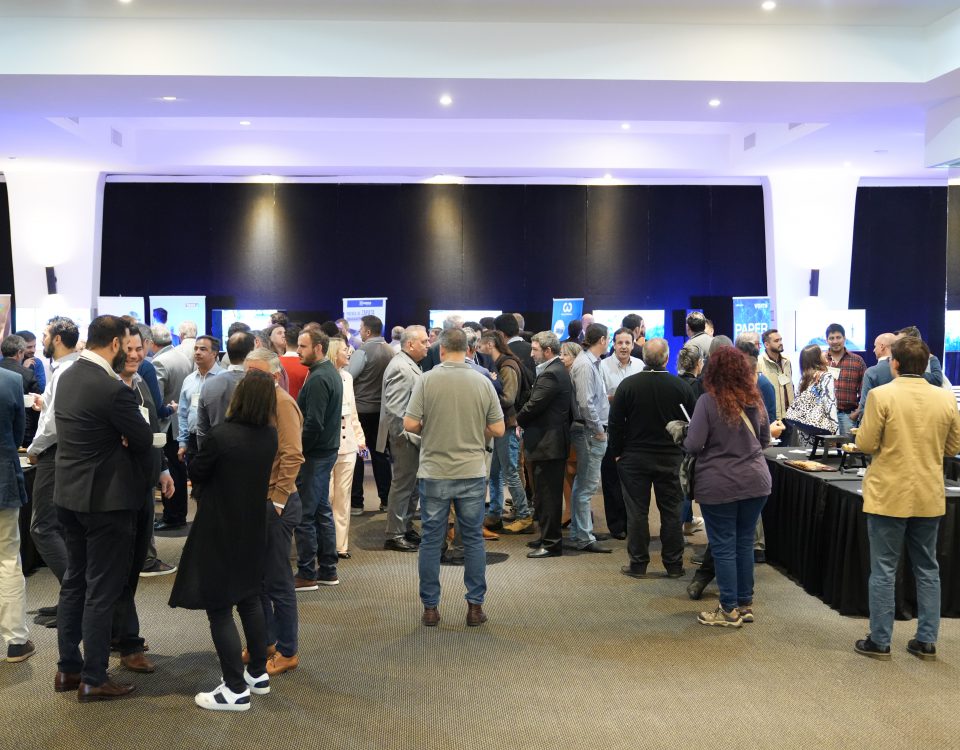
Curso «Formación en Celulosa y Papel para No Especialistas”: un éxito de 2018
diciembre 6, 2018
La pulpa de bagazo de caña de azúcar como materia prima para nanocelulosa
diciembre 17, 2018La Red NANOCELIA-CYTED participó en las sesiones NANOCELLULOSE I y NANOCELLULOSE II del 51st International Pulp and Paper Congress y X Ibero-American Congress of Pulp and Paper Investigation (CIADICYP). Este evento se desarrolló en el Transamérica Expo Center de São Paulo (Brasil), los días 23 al 25 de octubre. Las presentaciones realizadas por los miembros de la red fueron:
– María Cristina Area (Keynote). Strategy for the study of the application of CNF and CMF in paper furnishes at industrial-scale. Instituto de Materiales de Misiones (IMAM, CONICET – Universidad Nacional de Misiones), Argentina.
– Paulo Ferreira. Modifed fllers and micro/nanocelluloses in papermaking. Universidad de Coimbra (UC), Portugal.
– Catalina Gómez Hoyos. Structural modifications in cellulose nanofibrils from banana rachis and corn husks by TEMPO-mediated oxidation. Universidad Pontificia Bolivariana (UPB), Colombia.
– José Vega Baudrit. Nanocrystaline cellulose from agroindustrial pineapple residues. Laboratorio Nacional de Nanotecnología (LANOTEC), Costa Rica.
– Marc Delgado-Aguilar. On the preliminary studies for the development of water-stable nanocellulose-based aerogels and spheres for cu2+ removal. Universidad de Girona (UdG), España.
– María Evangelina Vallejos. Dissolving pulp from eucalyptus sawdust and its application in cellulosic beads and films. Instituto de Materiales de Misiones (IMAM, CONICET – Universidad Nacional de Misiones), Argentina.
– Miguel Pereira Soto (Keynote). Viscosity of Cellulose Nanofiber suspensions: a useful tool for the understanding and control of the cell wall deconstruction. Universidad de Concepción (UdeC), Chile.
– Carlos Molina Ramirez. Production and characterization of bacterial nanocellulose from rotten banana fruit rejected in marketplaces. Universidad Pontificia Bolivariana (UPB), Colombia.
Fuente: Red NANOCELIA-CYTED.






